...safe to assume he's talking about Charles St. ...
my bad. fixed.
...safe to assume he's talking about Charles St. ...
https://twitter.com/Felicity_Lingle/status/991766274773569538 indicates that slightly more than 1/3 of the inbound traffic on the bridge was cyclists at one point, and I think that probably argues that allocating one of the three lanes to bicycles would be appropriate.
There is a bike counter on Broadway in front of the Marriott. This is anecdotal, but I travel through here almost daily and the daily totals shot up from around 1500 cyclists per day to 2000 cyclists per day right after the bridge fully reopened. Pretty impressive.
https://goo.gl/maps/xGf9JA92BSF2
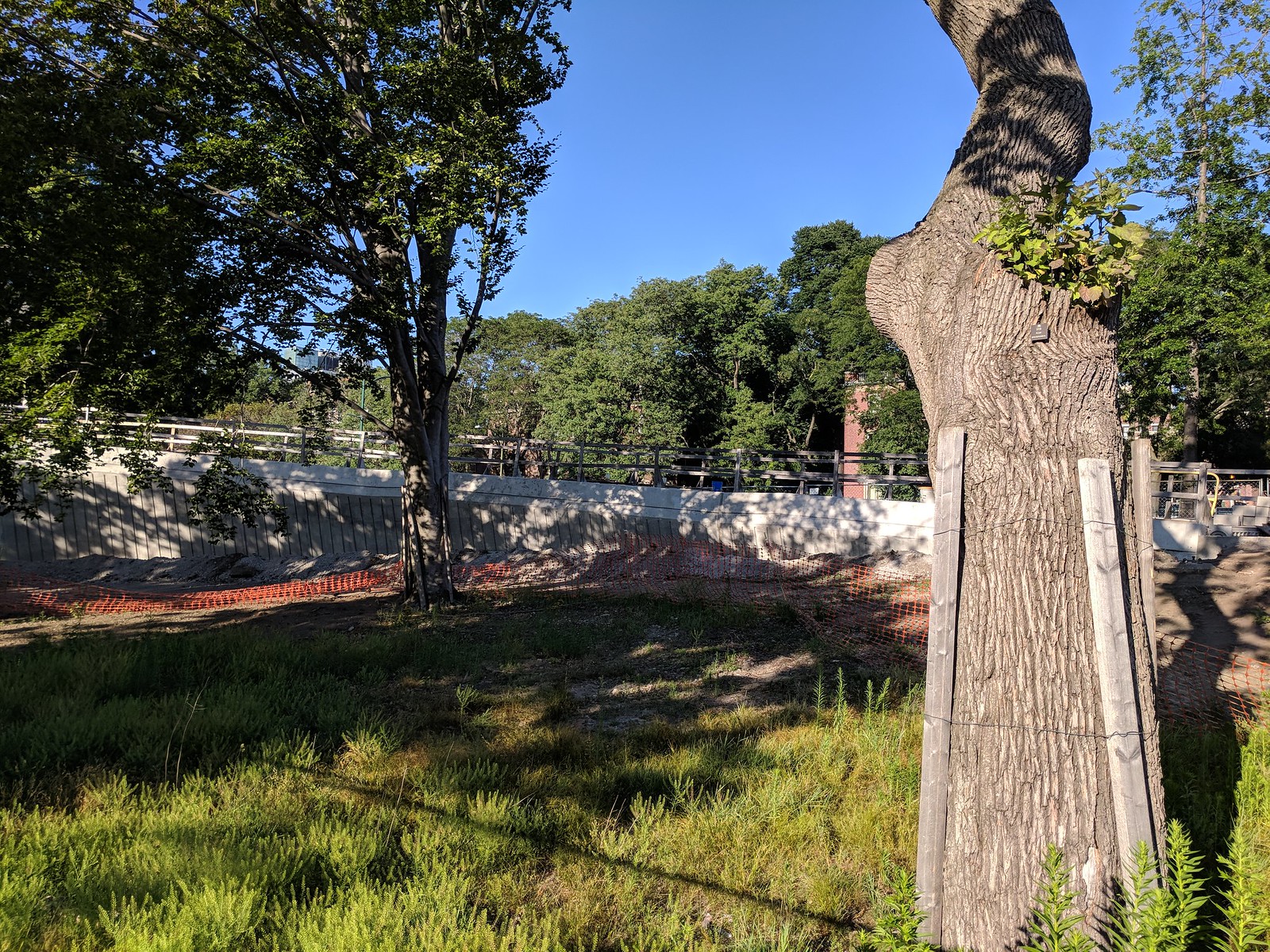

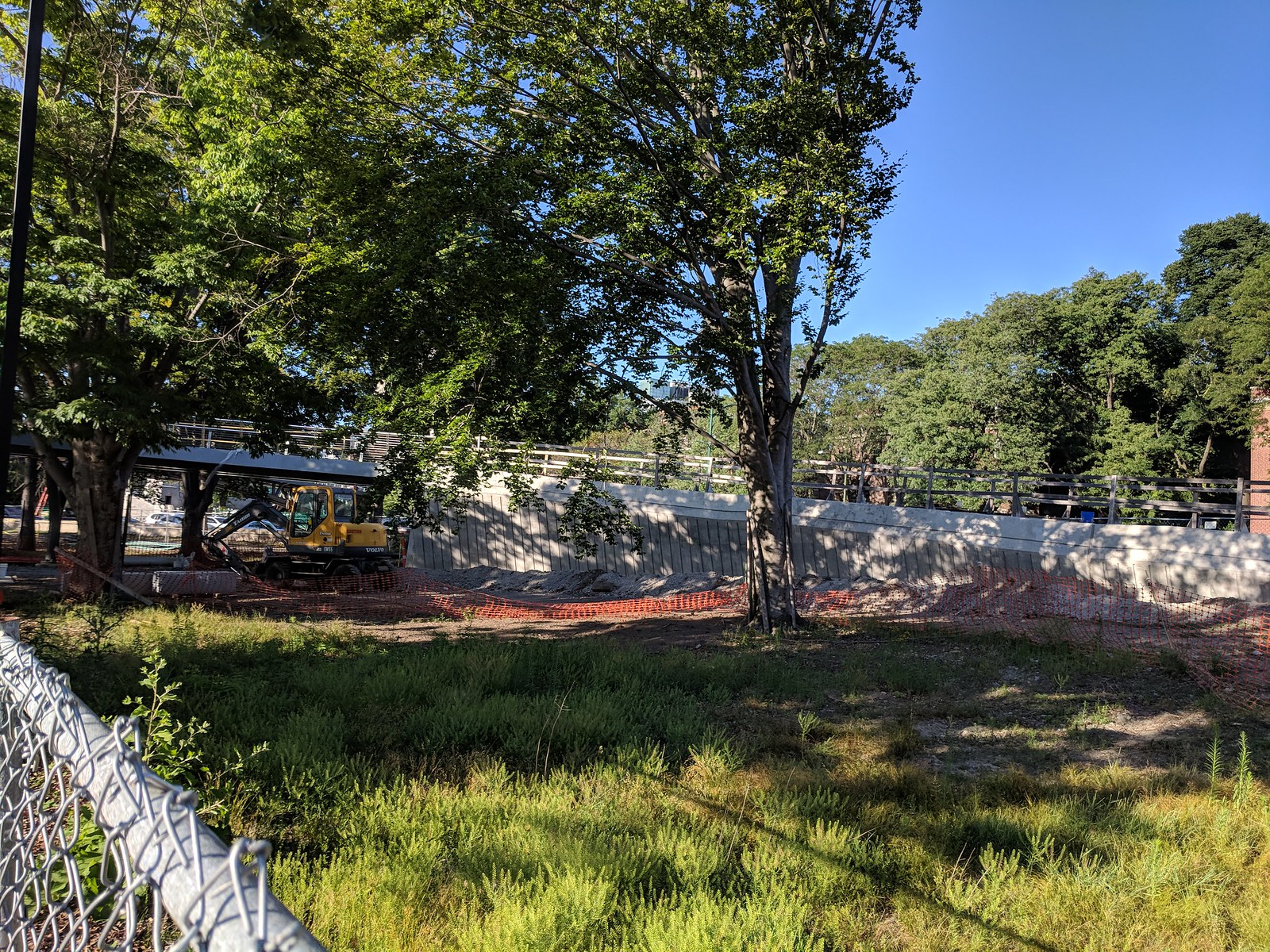
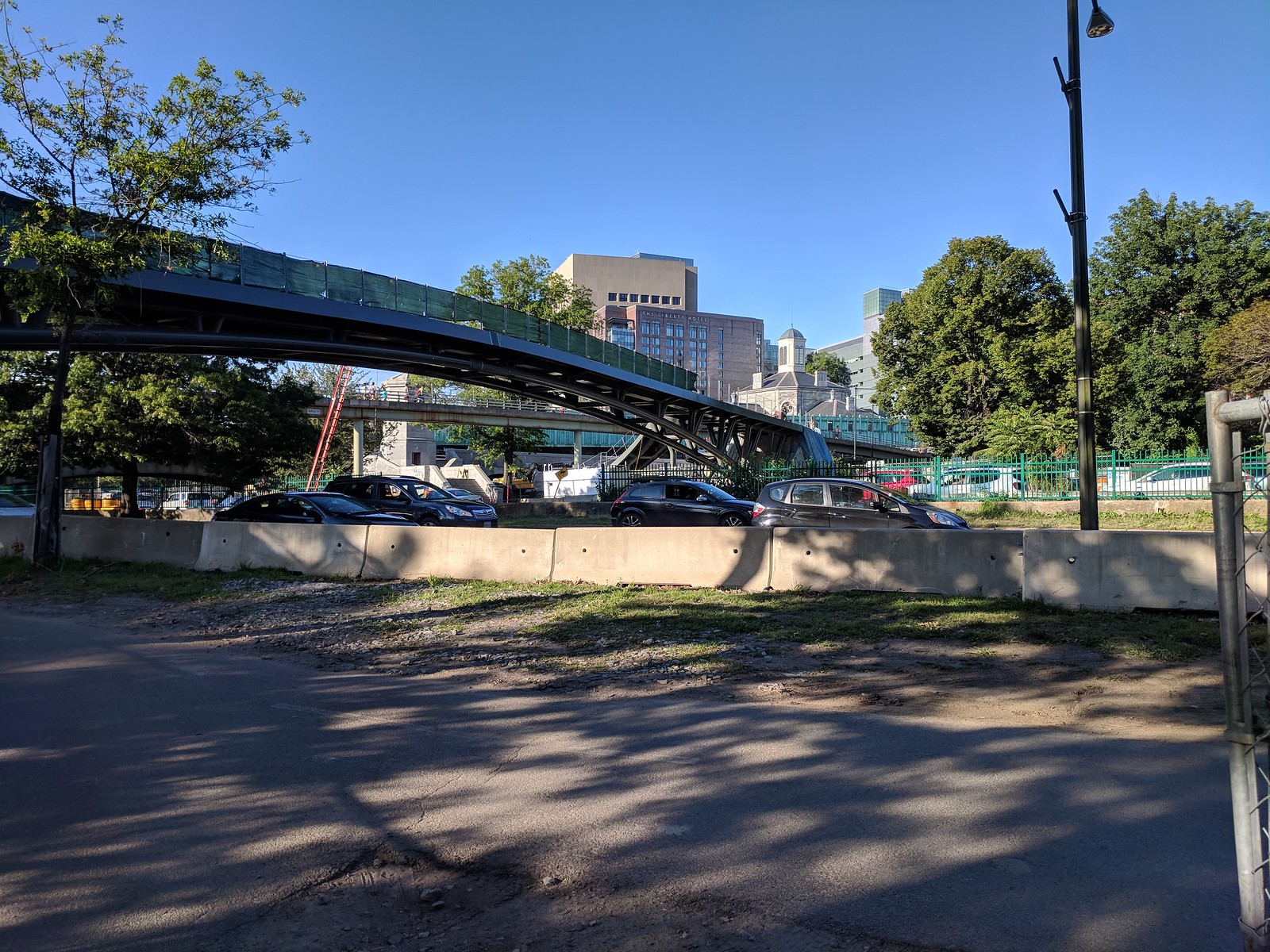
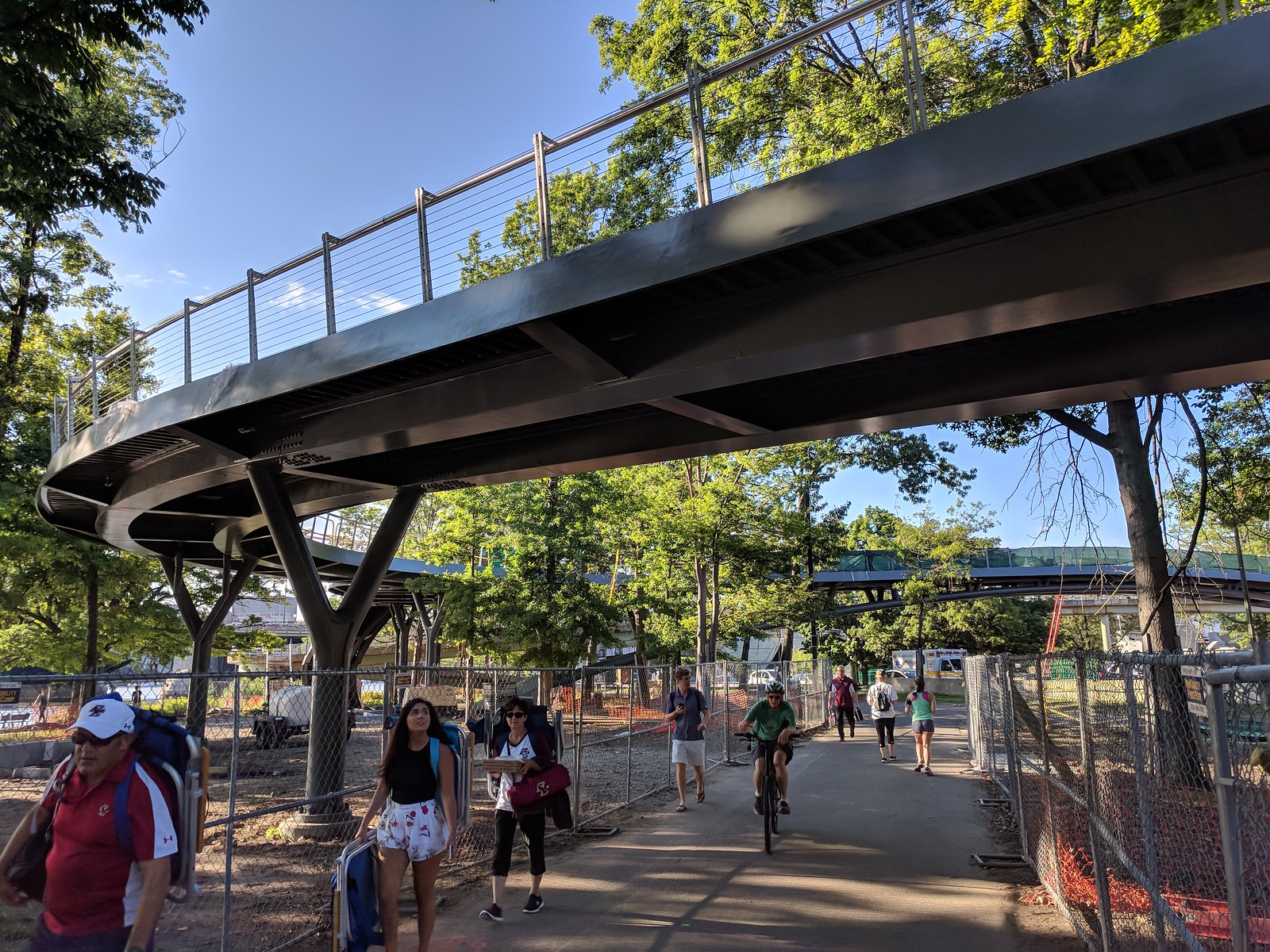
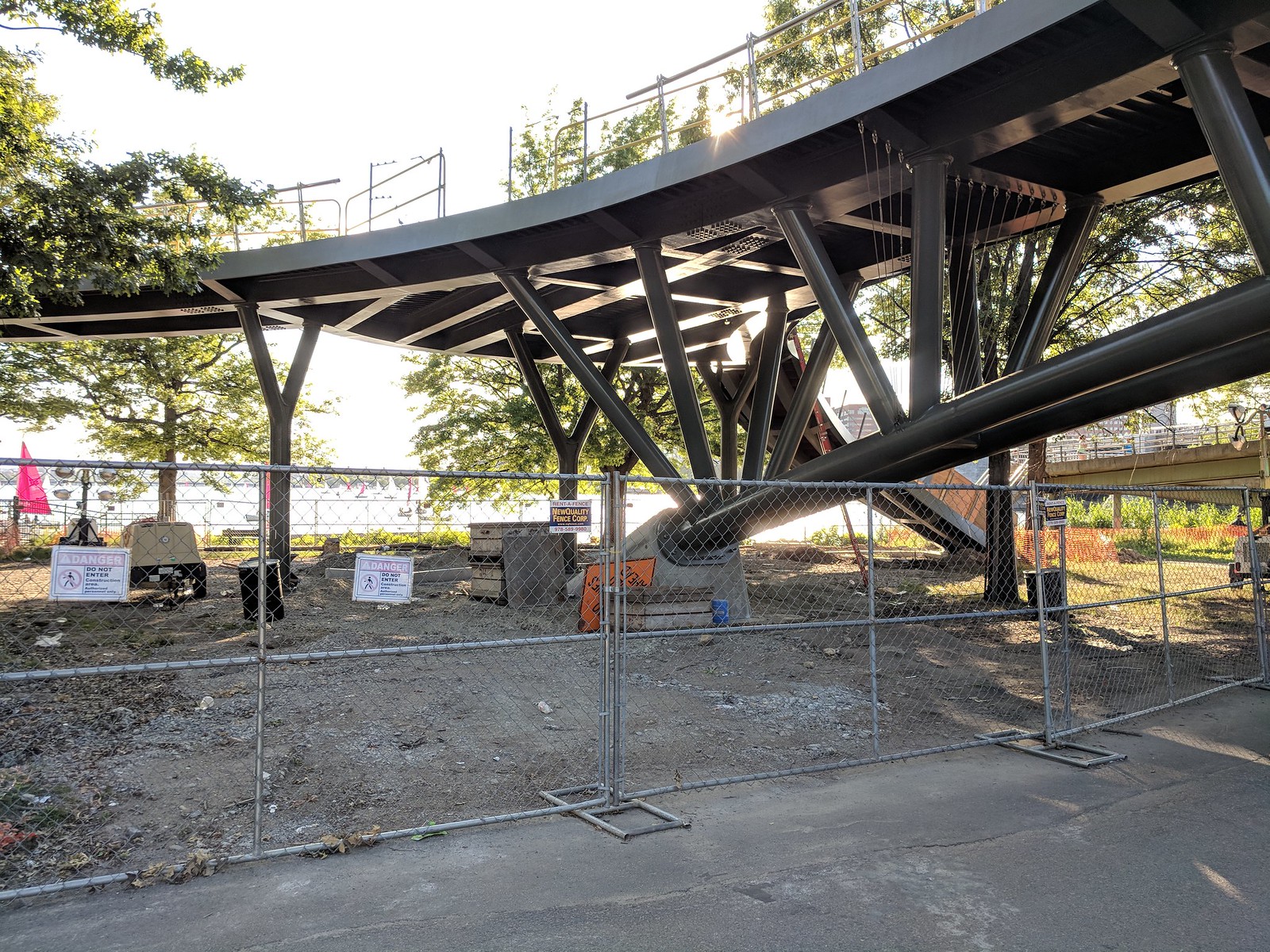
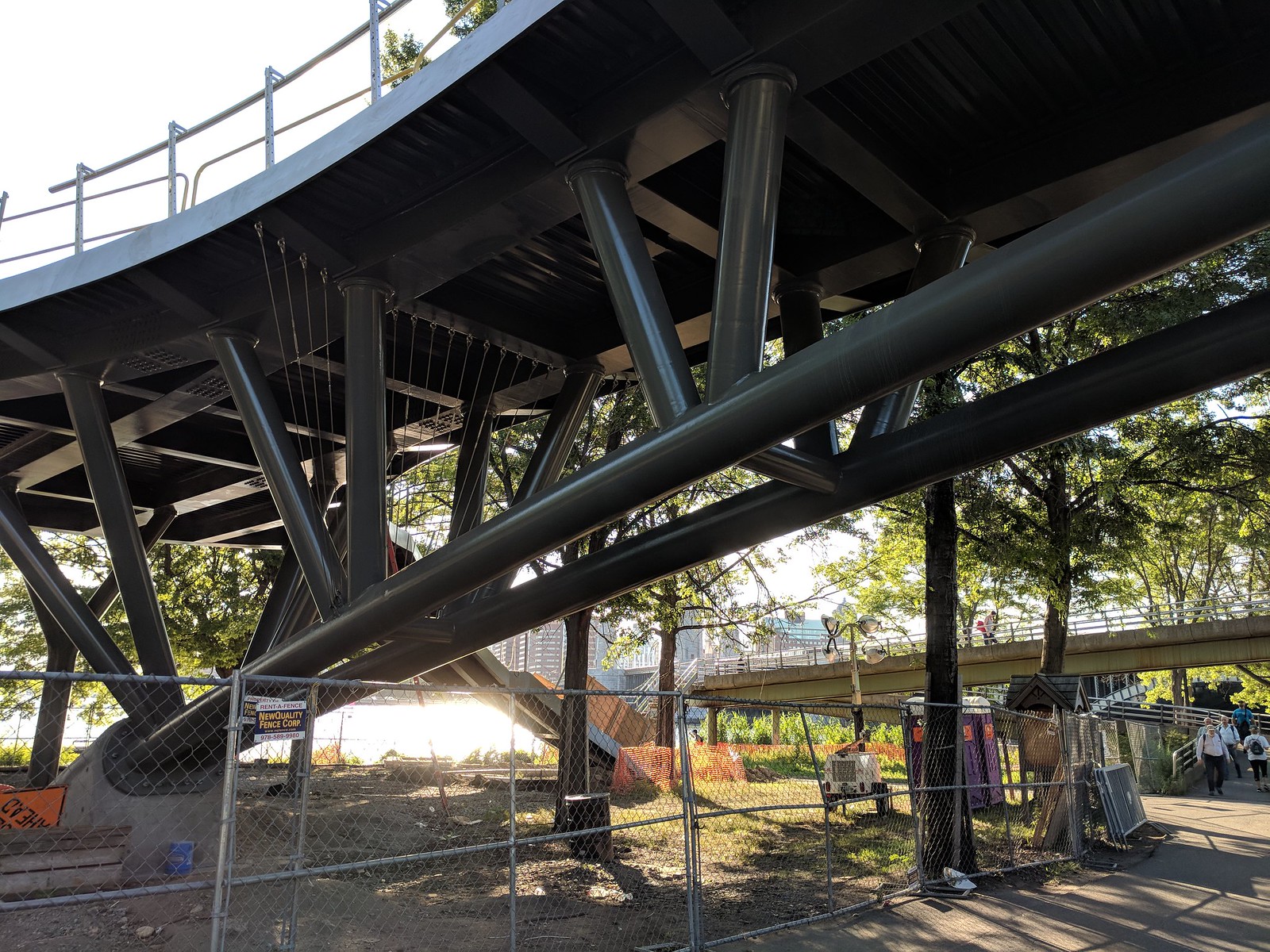
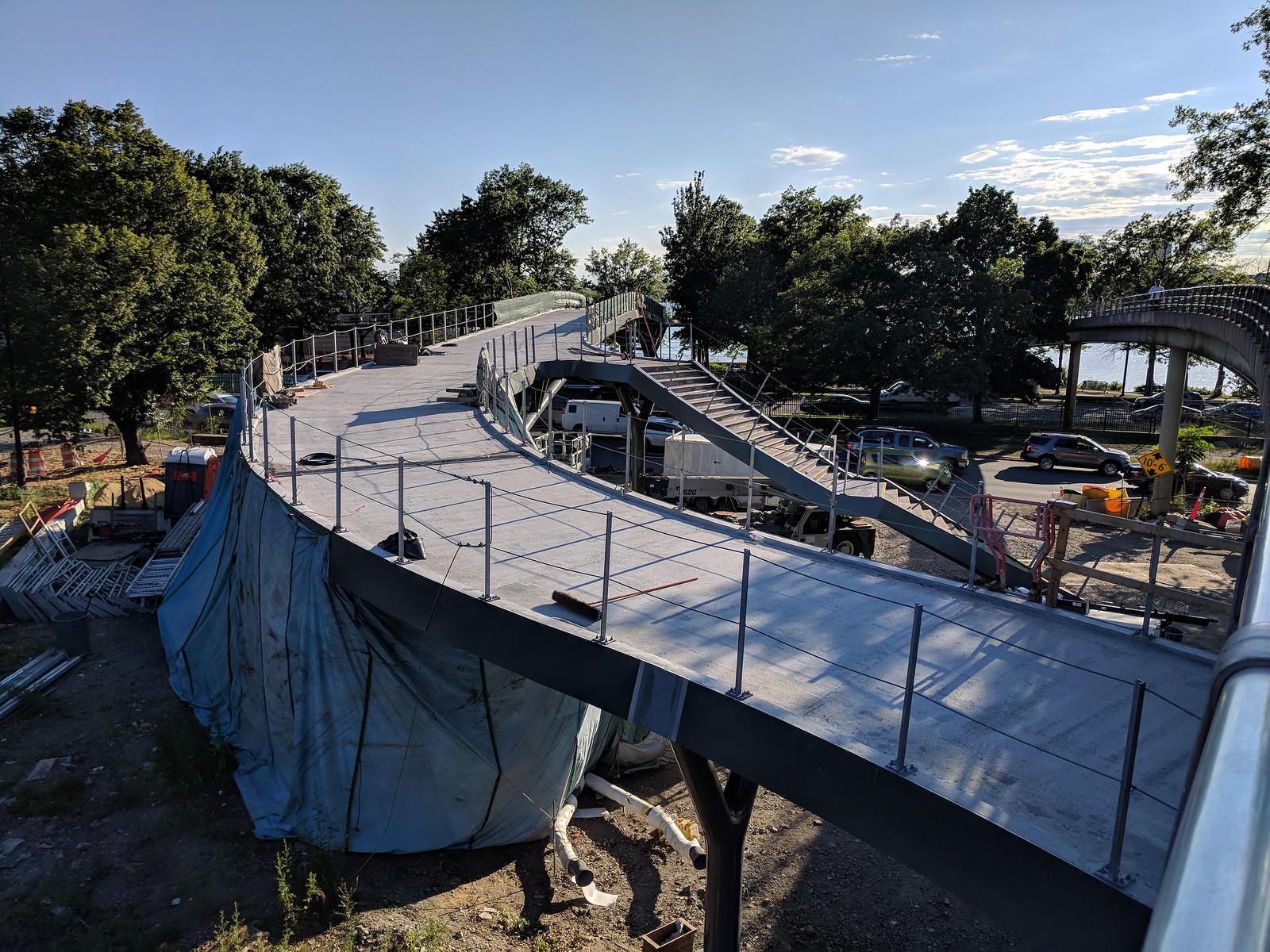
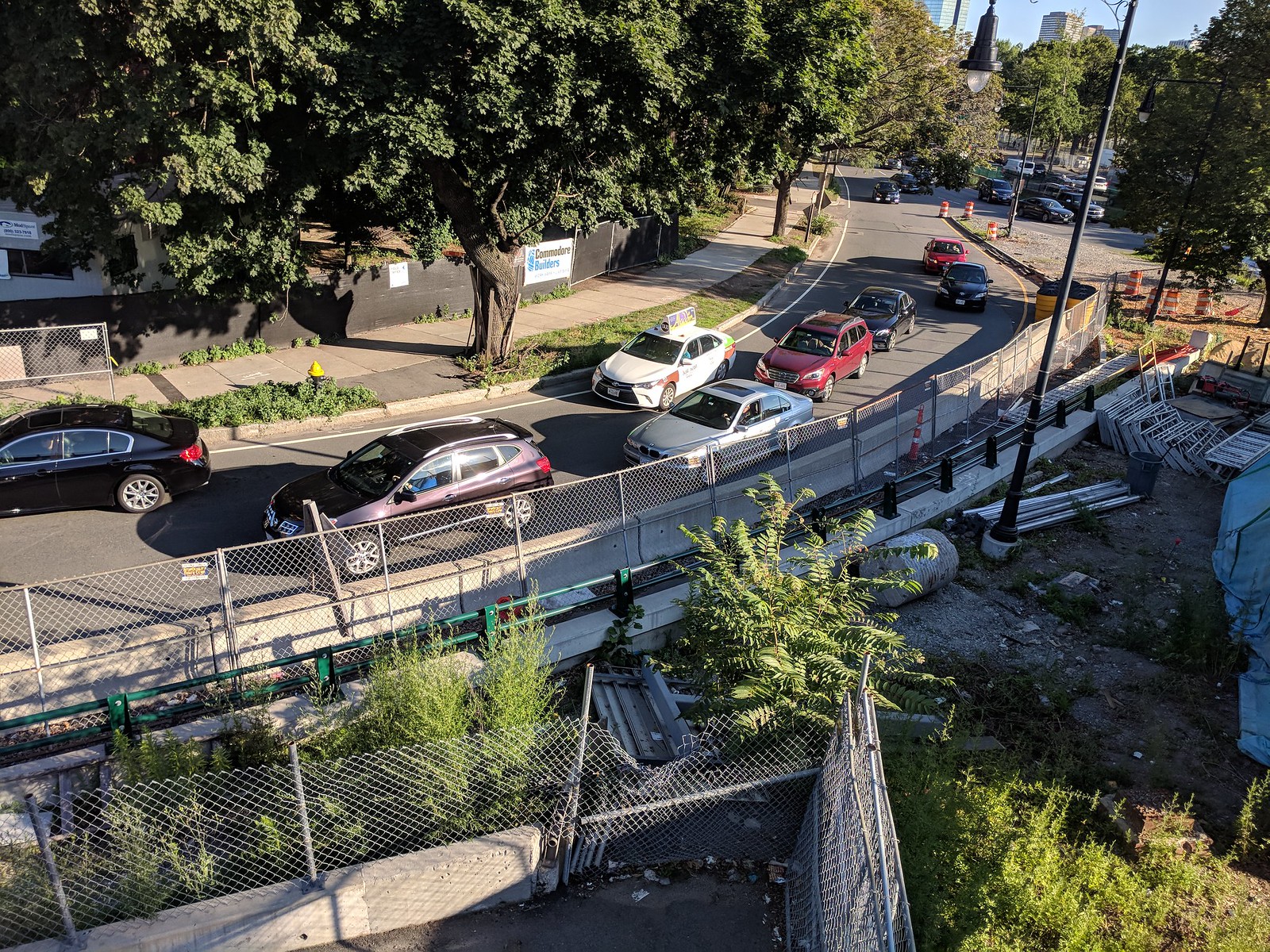
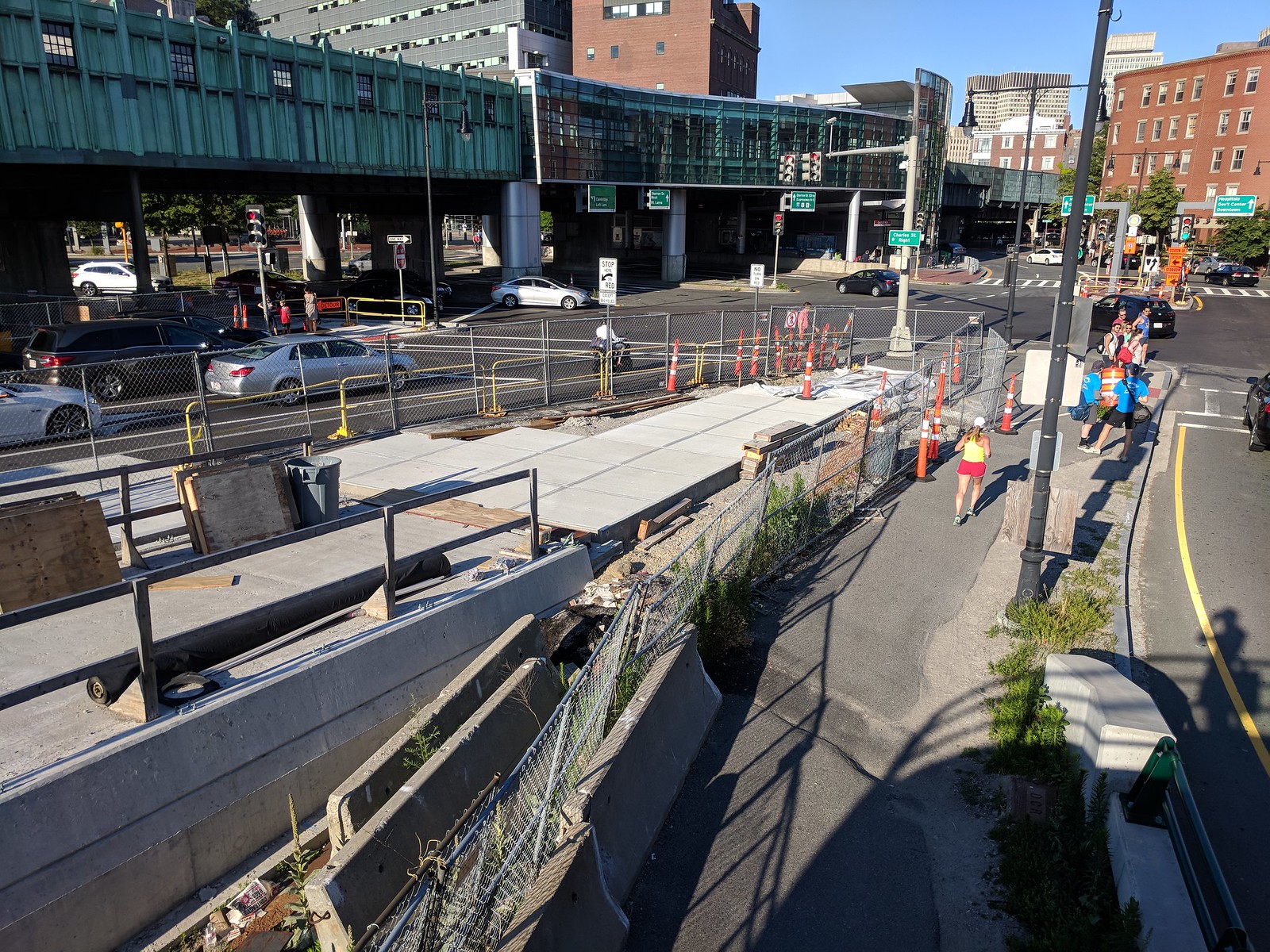
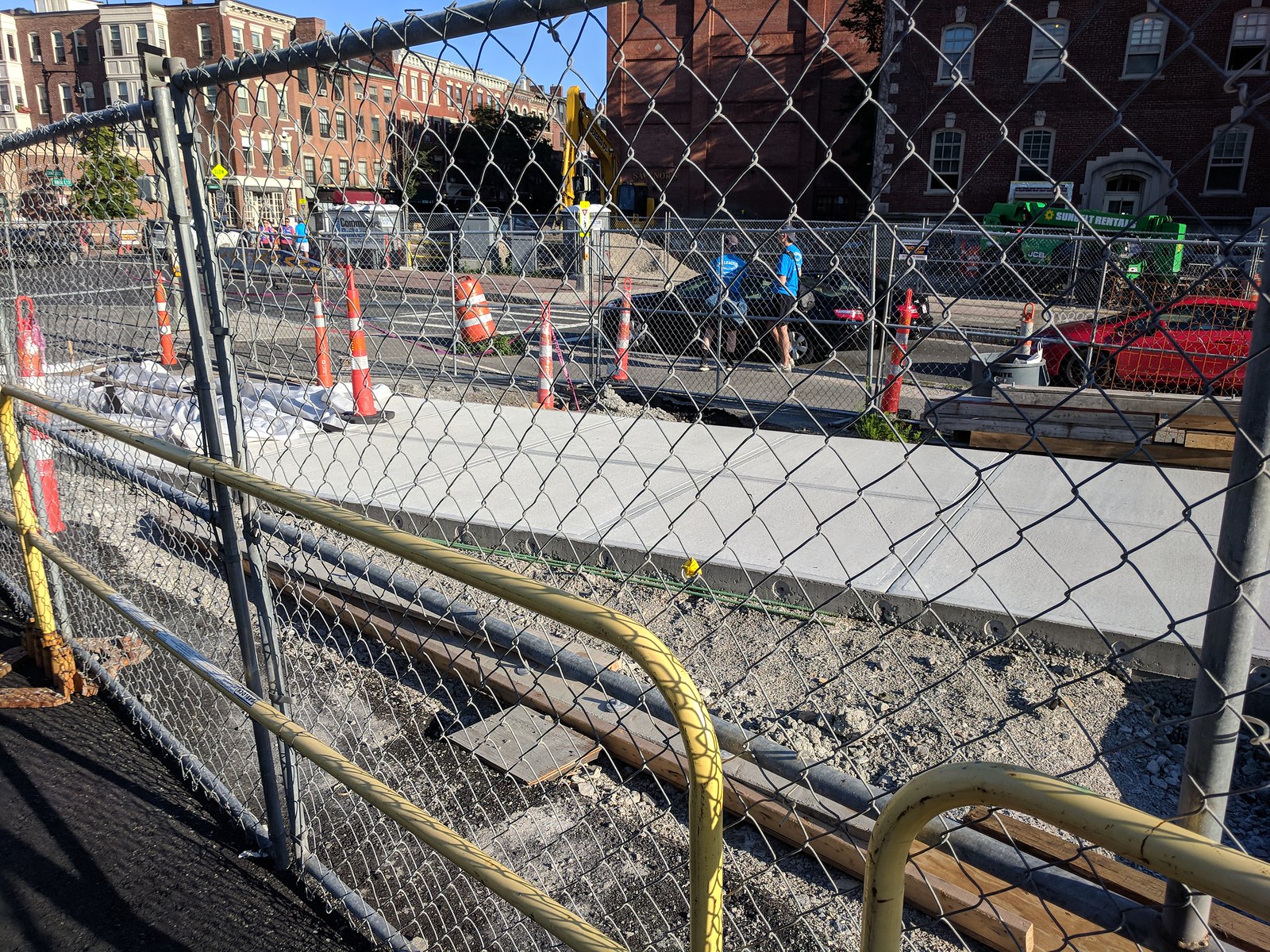

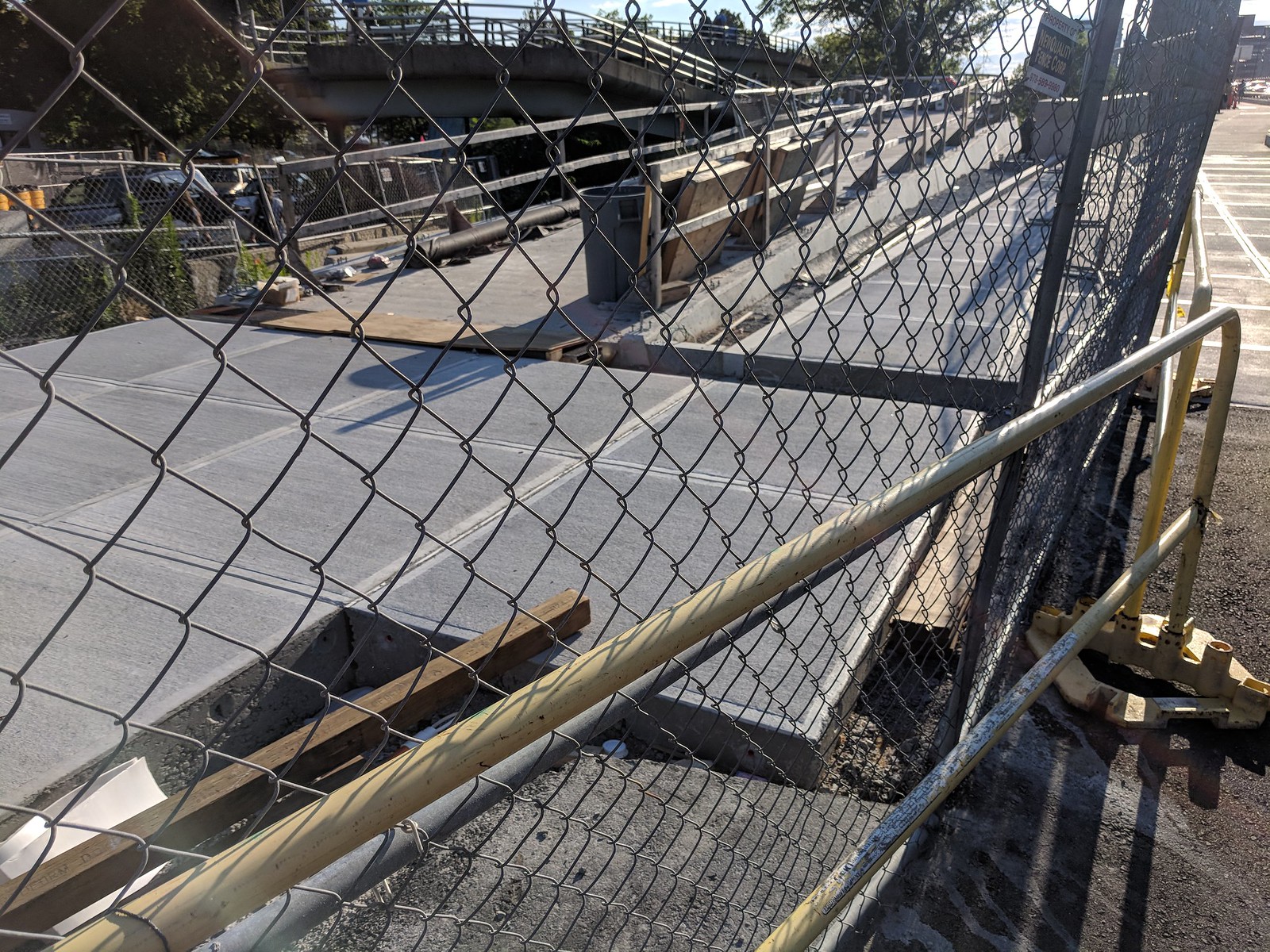
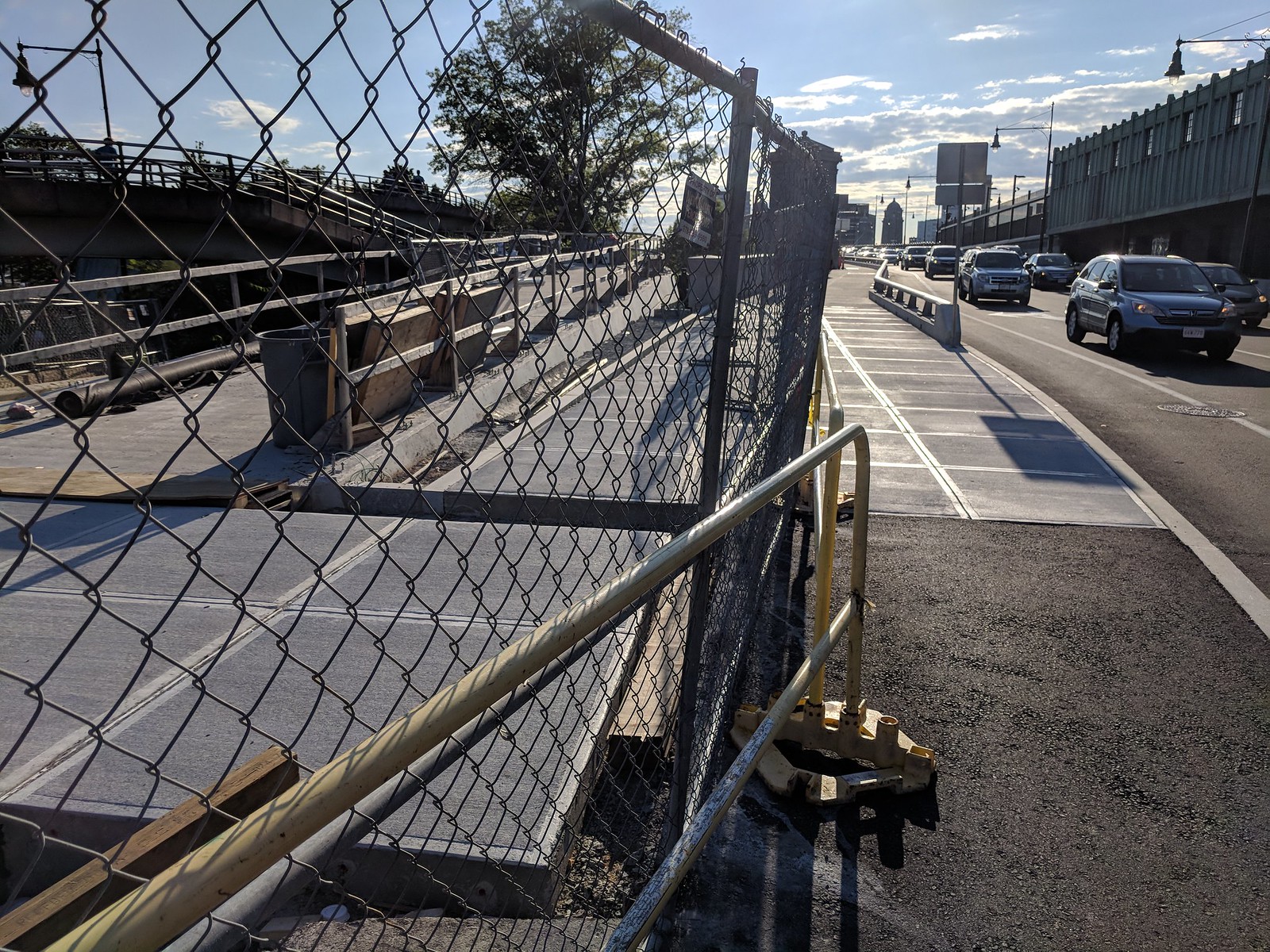
Odd to me that after spending so much money, the bike lane looks like a temp retrofit.
That was exactly my thought -- how hard would it have been to put in a separation barrier that fit the architecture of the bridge?
Ive rode my bike on it, seems fine to me. Its not as aggressive a bike lane as say the Commercial st cycle track but it doesnt bother me
Referring to all the talk about refurbishing the metal work, using the original stone, including the historic light structures and the fence and yada yada
And here are some $10 plastic poles from the Home Depot.
It is a retrofit. The original plans for the Longfellow simply had a striped bike lane with no physical separation. Only in the last year or so did MassDOT rethink those plans (after many years of advocates pressing them to.)
